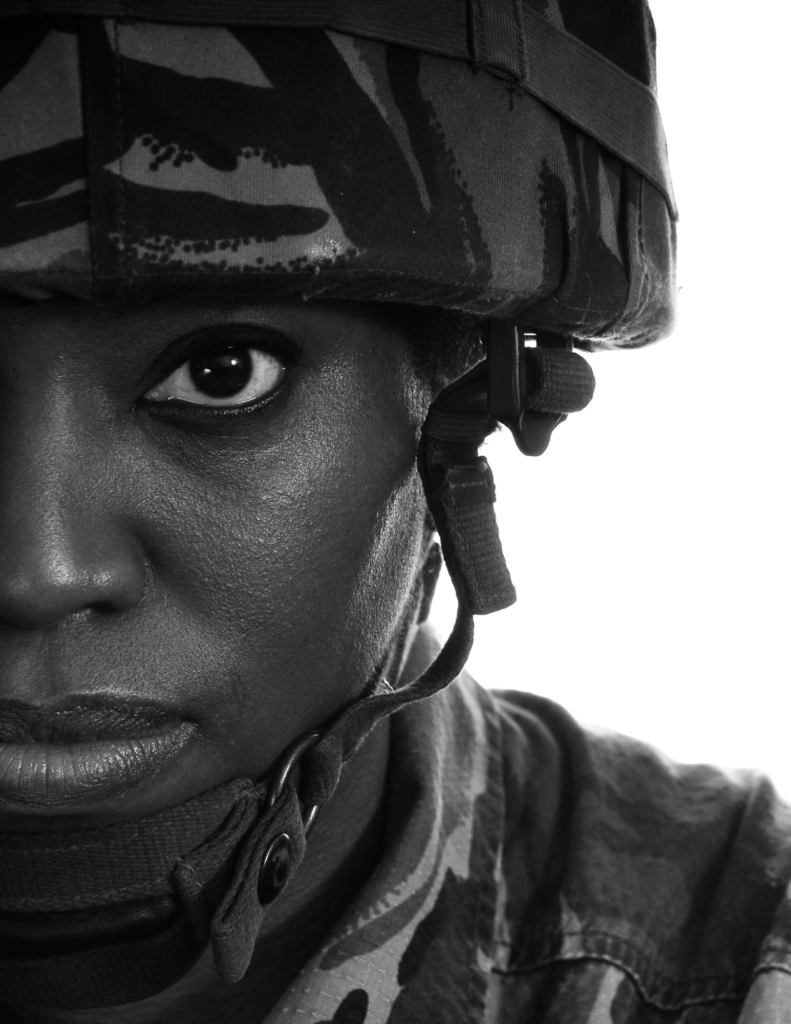Each day, 7.7 million American adults live with Posttraumatic Stress Disorder (PTSD). Research shows that approximately 7 percent of all civilians experience PTSD at some point. For returning military veterans, depending on the combat theater, that number jumps as high as 30 percent (click for full PDF of the 2013 congressional study). Tragically, statistics show the suicide rate among active duty military service members is one per day, while among veterans the suicide rate is about one per hour. These startling statistics expose the frightening reality that among the military’s active-duty population there are more casualties attributable to suicide than to combat.
In a very real way, PTSD can be seen as the greatest threat to the lives of America’s combat warriors. They may leave the battlefield, but the battle is very often still raging inside. As a United States Marine, I made a vow to never leave anyone behind. I continue to honor that promise by reaching out to my fellow brothers and sisters in arms, walking with them off the battlefield and back into life. I do this as a trauma therapist for the Veteran’s Administration (VA), serving returning combat veterans with PTSD who are struggling to engage life.
Decades of efforts have paved the way for current treatments and incredible progress has been made. Treatments have primarily been: 1) the use of cognitive therapies to change thought patterns and 2) medication to alter the chemistry and/or functioning of the brain. However, PTSD can present quite differently in each individual and is often very resistant to treatment. In many cases I found traditional treatments to be minimally helpful; often my veterans were not necessarily getting better, but instead were becoming better at managing symptoms. I did not want PTSD to be managed, I wanted it to go away. I had found my new mission.

Decades of efforts have paved the way for current treatments and incredible progress has been made. Treatments have primarily been: 1) the use of cognitive therapies to change thought patterns and 2) medication to alter the chemistry and/or functioning of the brain. However, PTSD can present quite differently in each individual and is often very resistant to treatment. In many cases I found traditional treatments to be minimally helpful; often my veterans were not necessarily getting better, but instead were becoming better at managing symptoms. I did not want PTSD to be managed, I wanted it to go away. I had found my new mission.
I sought other approaches and was led to experiential modalities that naturally flowed into somatic therapies. My training with somatically oriented clinicians, such as Peter A. Levine, PhD; Dr. Bessel van der Kolk; and Dr. Pat Ogden, has proven to be invaluable in my clinical work with combat veterans. I began to incorporate practices utilizing sound, mindfulness, meditation, touch, and movement in my individual and group sessions. This was not easy at first.
My first session to “go astray” was with a frequently dissociated Vietnam vet who sat across from me, week after week: arms folded tightly across his chest, eyes locked blankly on me, and legs planted in place. I suggested we play catch. His eyes widened, “What? You wanna do what? Why would we do that?”
“I dunno,” I replied, “to see what happens.” Quite a bit did indeed happen that session while we talked, tossed, and tracked. His dissociation decreased as movement entered into the immobility of trauma. He wasn’t numb and empty as he had claimed to be. He was filled with sensations, emotions, and story— his body told that story.
I continued to implement and adapt the work to fit with my vets (and with the various layers of training, culture, and complexity that comprise the multifaceted nature of combat trauma). I began using “shoulder dancing,” a non-threatening and small movement that serves as an entry point to an area that often houses a tremendous amount of story (trauma). Focusing on the sensations and movement proved to be easier and more effective than focusing on the rage and terror of the trauma. Through this work, the body becomes an ally rather than the storage vessel for the chaos and trauma that had been collected in a combat theater. I see my veterans reinhabiting their bodies with a reclaimed ownership of their minds and I witness a long overdue homecoming, as they take back and return to their lives.
As we take this day to recognize PTSD and work to create awareness of this haunting and often debilitating disorder, we are faced with the daunting statistics which surround PTSD. It is imperative that communities know what PTSD is and how it may look, especially for returning warriors who already face the challenge of readjusting to a civilian way of life. However, we must also create awareness of the available treatments for our veterans including the emerging (or reemerging) approaches that seek wholeness through the mind and embodied living. The body is being rediscovered by the research community and more and more clinicians are incorporating mindfulness-based practices. Eastern and Western approaches are becoming allies in batting an enemy neither can subdue on their own.
The good news is that VA hospitals and residential facilities are part of the growing groups incorporating more holistic approaches to treatment plans. Together, researchers, clinicians, and community groups are bringing our servicemen and women home, in body and in mind. It is my hope that we bring this awareness to our community and to the veterans who have committed their life to protect ours. Today, we are not only aware of trauma and the chaos it can leave in its wake, but we recognize the possibility of wholeness, of betterment, and of the return to life beyond the trauma.






+ show Comments
- Hide Comments
add a comment